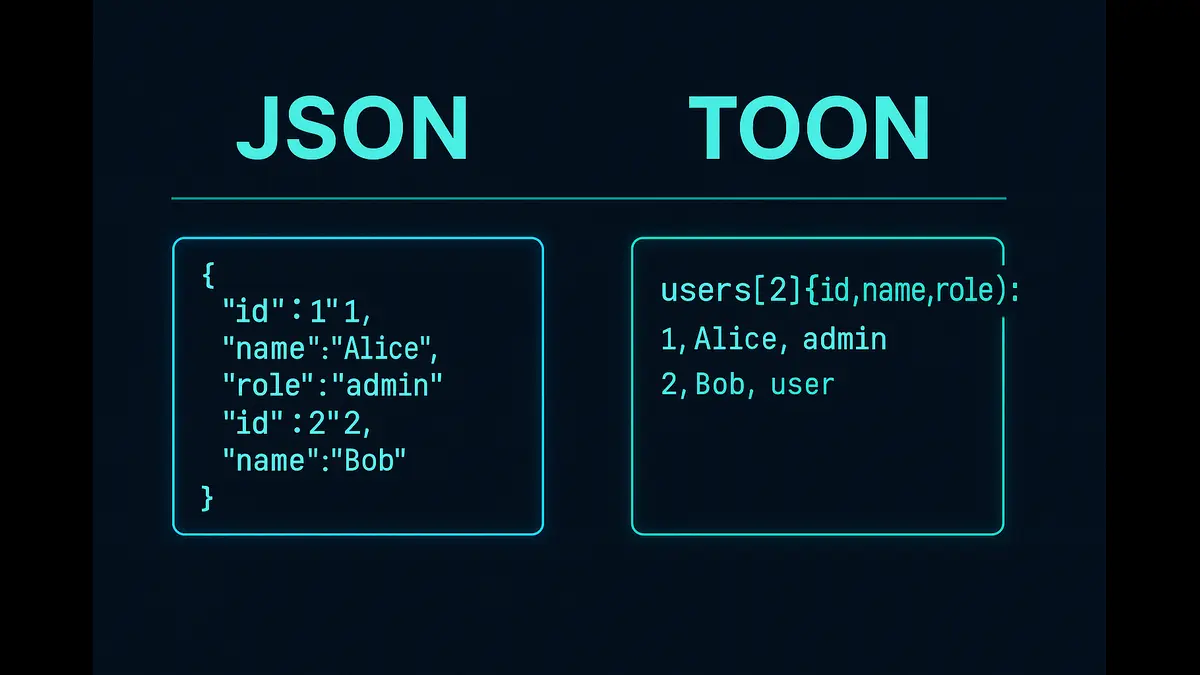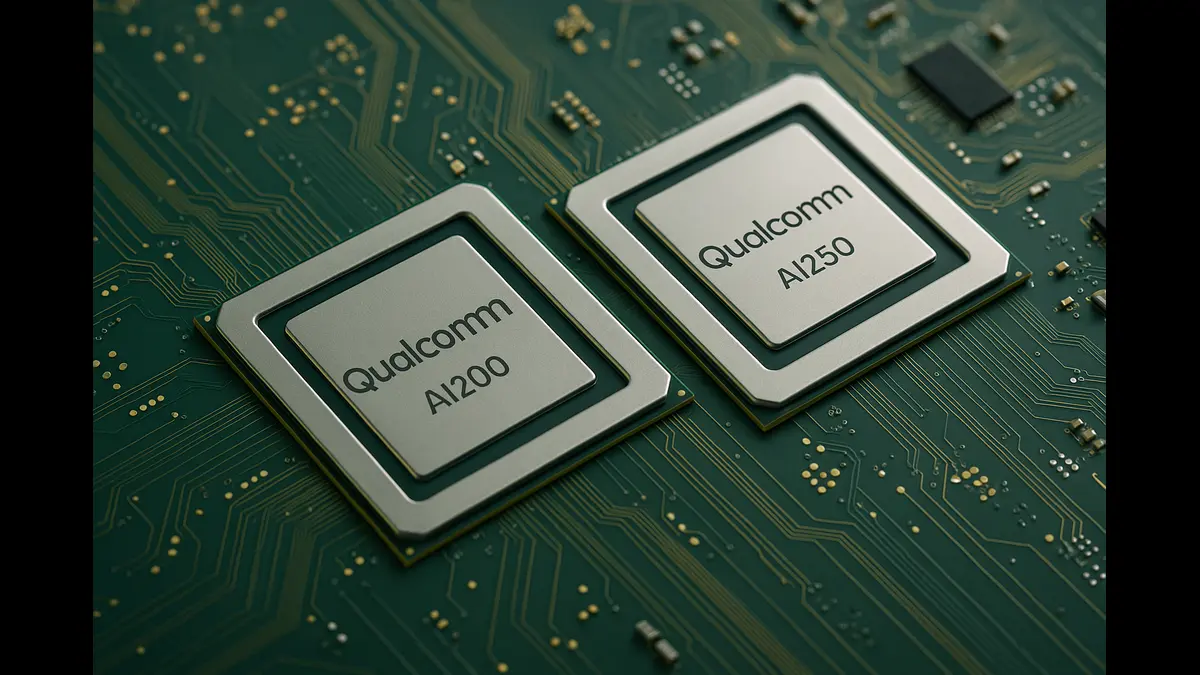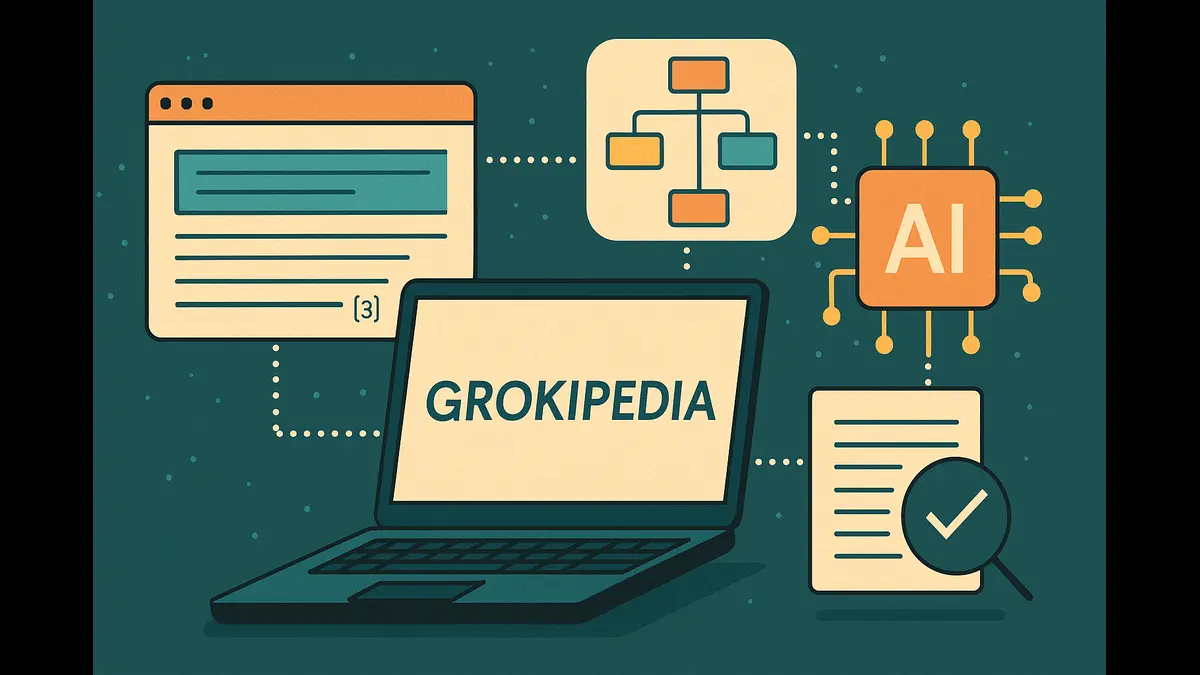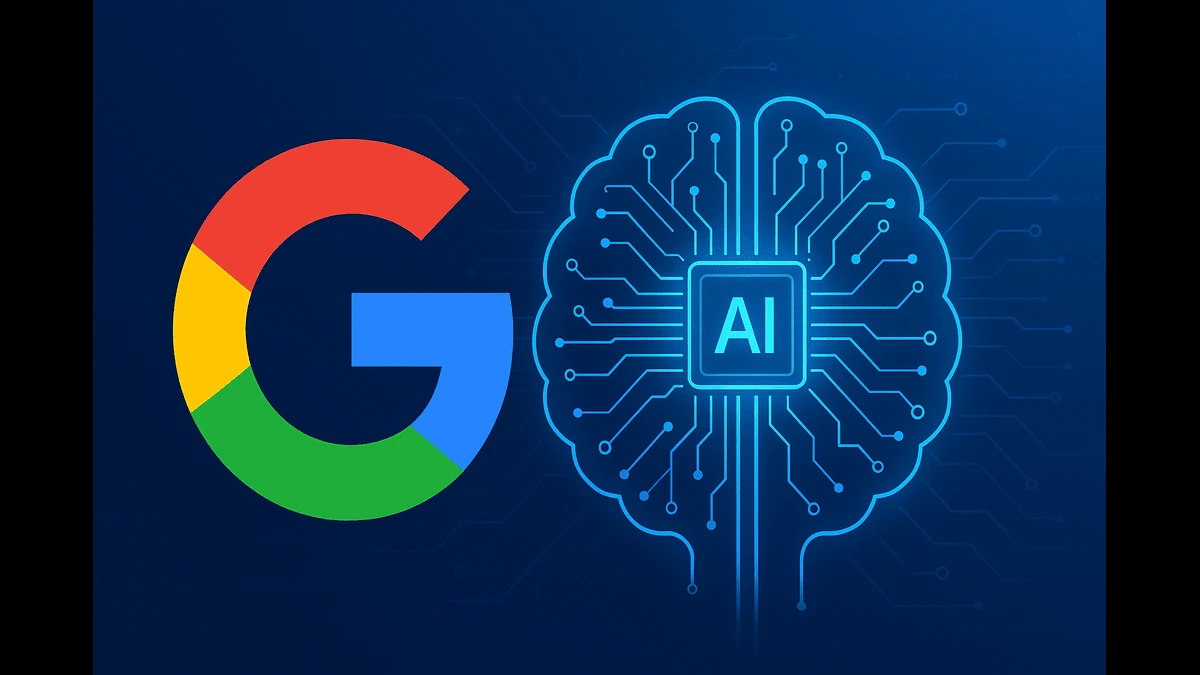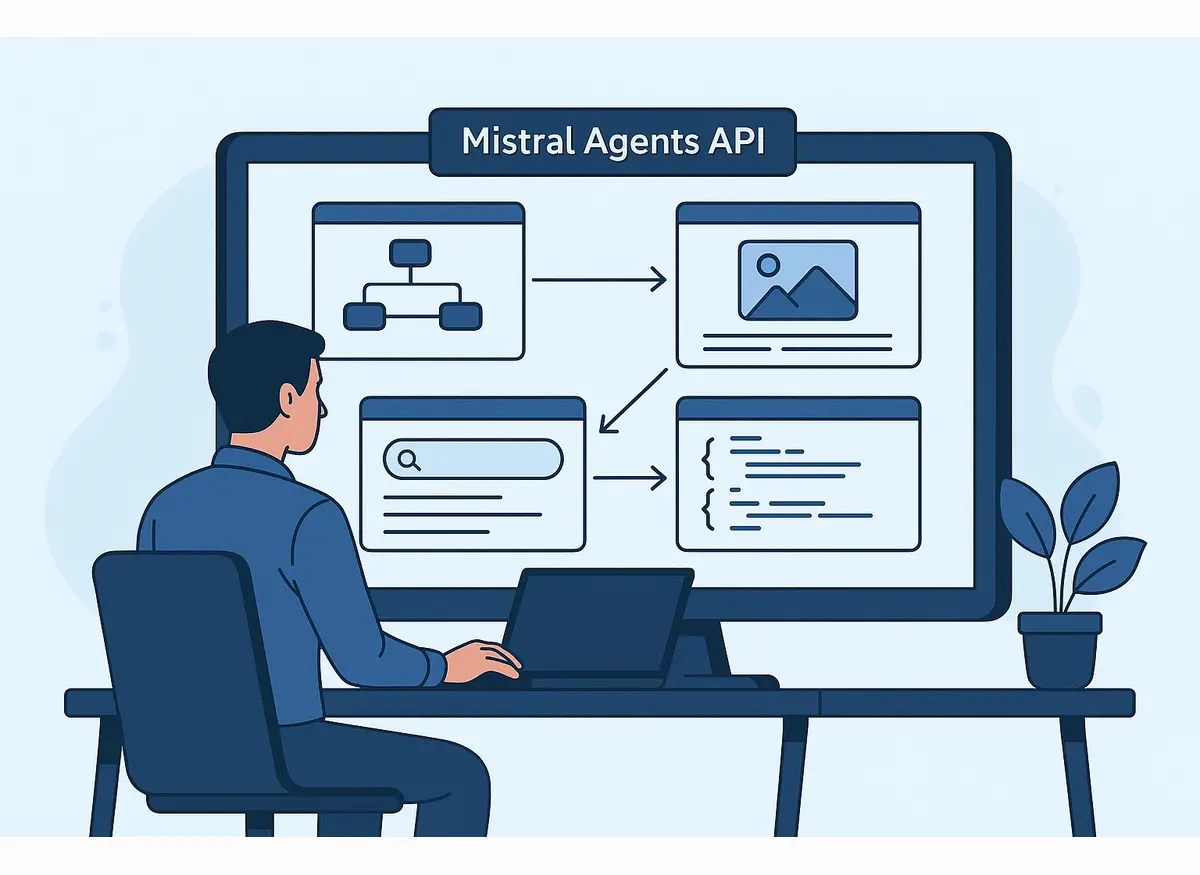
Mistral Agents API offers dynamic multi-agent orchestration, real-time web search, image generation, and MCP support, surpassing competitors like OpenAI. It empowers developers with secure, scalable AI for coding, finance, and more, streamlining complex workflows.
In the fast-evolving world of artificial intelligence, Mistral AI has emerged as a trailblazer with its Agents API, launched on May 27, 2025. Unlike traditional large language models (LLMs) that focus primarily on text generation, this API enables developers to create autonomous AI agents capable of planning, executing tasks, and collaborating across multiple systems. By combining advanced natural language processing with powerful tools like code execution, web search, and image generation, the Mistral Agents API is redefining how developers build practical, enterprise-grade AI solutions.
This article dives into what sets the Mistral Agents API apart from competitors, how it functions, its key features, and the transformative benefits it offers developers. Whether you’re a software engineer, business leader, or AI enthusiast, this guide will help you understand why Mistral’s latest innovation is making waves in the industry.
What Makes Mistral Agents API Unique?
The Mistral Agents API distinguishes itself in a crowded market of AI agent frameworks through its innovative approach to autonomy, interoperability, and enterprise scalability. Here’s how it stands out compared to other leading Agent APIs like OpenAI’s Assistants API, Google’s Vertex AI, Anthropic’s Claude API, and Amazon’s Bedrock Agents:
Dynamic Multi-Agent Orchestration
Unlike many APIs that focus on single-agent functionality, Mistral’s API excels in coordinating multiple agents to tackle complex tasks. Through dynamic orchestration, agents can delegate tasks to specialized counterparts, creating a seamless workflow. For example, a financial analysis task might involve one agent retrieving market data, another performing calculations, and a third generating a visual report—all triggered by a single request. This collaborative approach surpasses the single-agent focus of Anthropic’s Claude API and adds flexibility compared to OpenAI’s Assistants API.
Proprietary Web Search with Near-Real-Time Updates
Mistral’s API integrates a proprietary web search connector with a 15-minute update cycle, ensuring agents deliver accurate, time-sensitive information. This outperforms many competitors, such as Google’s Vertex AI, which often rely on slower third-party search integrations. In benchmark tests like SimpleQA, Mistral Large with web search scored 75%, compared to 23% without it, showcasing a significant performance boost.
Native Image Generation
Powered by Black Forest Lab’s FLUX1.1 [pro] Ultra model, the API enables agents to generate high-quality visual content, a feature not natively available in OpenAI’s Assistants API or Anthropic’s Claude API. This capability is ideal for applications like creating marketing graphics, educational visuals, or data-driven charts, adding a creative dimension to agentic workflows.
Model Context Protocol (MCP) Support
Mistral’s adoption of the Model Context Protocol (MCP), an open standard pioneered by Anthropic, ensures seamless integration with external systems like APIs, databases, and enterprise tools. This interoperability reduces vendor lock-in, a key differentiator from Amazon’s Bedrock Agents, which are more tied to AWS ecosystems. MCP support makes Mistral’s API a flexible choice for developers building cross-platform solutions.
Enterprise-Grade Security and Scalability
Designed with enterprises in mind, the API offers a secure sandbox for code execution and robust conversation management, ensuring data privacy and compliance. Its ability to scale across industries like finance, healthcare, and software development gives it an edge over smaller frameworks like CognosysAI, which lack the same level of enterprise focus.
How Does the Mistral Agents API Work?
The Mistral Agents API is built on top of Mistral’s high-performance language models, such as Mistral Large 2 and Medium 3, and integrates a suite of connectors to enable autonomous task execution. Here’s a step-by-step look at how it functions:
Agent Creation: Developers use Mistral’s La Plateforme or the API to create agents, customizing parameters like model selection (e.g., Mistral Large 2, Codestral), temperature for output randomness, and specific instructions for behavior.
Task Input: A user submits a query or high-level instruction, such as “Generate a financial report” or “Plan a vacation itinerary.” The agent interprets the request using its LLM backbone.
Tool Utilization: The agent leverages built-in connectors:
Code Execution: Runs Python scripts in a secure sandbox for tasks like data analysis or visualization.
Web Search: Queries a proprietary index updated every 15 minutes for real-time insights.
Image Generation: Creates visuals using FLUX1.1 [pro] Ultra.
Document Access: Retrieves data from user-uploaded documents via Mistral Cloud for enhanced RAG.
Multi-Agent Orchestration: For complex tasks, the API dynamically assigns subtasks to specialized agents. For instance, a coding assistant might delegate repository management to one agent and code writing to another powered by Devstral.
Stateful Conversations: Persistent memory ensures agents retain context across interactions, enabling coherent, long-running workflows. Developers can continue or branch conversations without losing history.
Output Delivery: The API supports streaming outputs for real-time updates, delivering results like code snippets, reports, or images to the user.
This modular, collaborative approach makes the API versatile for both simple and intricate use cases, from automating GitHub workflows to generating personalized nutrition plans.
Key Features of Mistral Agents API
The Mistral Agents API is packed with developer-friendly features that enhance its utility and flexibility:
Code Execution: Agents can run Python scripts in a secure, sandboxed environment, supporting tasks like mathematical modeling, data visualization, and scientific computing.
Real-Time Web Search: A proprietary search connector with frequent updates ensures agents provide current, evidence-based responses.
Image Generation: Powered by FLUX1.1 [pro] Ultra, agents can create visuals for diverse applications, from marketing to education.
Document Library Access: Integrated RAG functionality allows agents to pull insights from user-uploaded documents, enhancing knowledge depth.
Persistent Memory: Stateful conversations maintain context, ideal for iterative tasks like project management or customer support.
Multi-Agent Collaboration: Dynamic orchestration enables agents to work together, delegating tasks for efficient problem-solving.
MCP Compatibility: Support for the Model Context Protocol ensures seamless integration with external APIs and systems.
Streaming Outputs: Real-time response delivery enhances user experience for interactive applications.
Customizable Models: Developers can choose from models like Mistral Large 2 or Codestral and fine-tune behavior with instructions or few-shot learning.
Benefits for Developers
The Mistral Agents API offers transformative advantages for developers, making it a powerful tool for building next-generation AI applications:
Simplified Workflow Automation: By handling conversation state server-side and supporting multi-agent orchestration, the API reduces the complexity of building complex workflows, saving developers time compared to frameworks like LangGraph or CrewAI.
Enhanced Productivity: Features like code execution and image generation enable developers to create versatile applications, from coding assistants to visual content generators, all within a single platform.
Enterprise Scalability: With secure code execution and MCP support, the API is ideal for large-scale deployments in industries like finance, healthcare, and software development, offering compliance and interoperability.
Cost-Effective Performance: Mistral’s models, like Medium 3, deliver high performance at lower computational costs, making the API a budget-friendly alternative to larger models like GPT-4.
Real-World Applications: Developers can build practical solutions, such as:
Coding Assistants: Automate repository management and code writing with GitHub integration.
Project Management: Transform meeting notes into actionable tasks and Linear tickets.
Financial Analysis: Aggregate data and generate insights with secure, multi-agent workflows.
Travel Planning: Streamline itinerary creation and bookings.
Nutrition Planning: Offer personalized dietary recommendations.
Interoperability and Flexibility: MCP support and open-source model options (e.g., Devstral) allow developers to customize and integrate agents with existing systems, reducing vendor lock-in.
Developer-Friendly Documentation: Mistral provides comprehensive guides and cookbooks, making it easy to get started and scale projects.
Real-World Impact and Industry Relevance
The Mistral Agents API is already gaining traction, as evidenced by its coverage in tech outlets like VentureBeat, InfoWorld, and MarkTechPost and numerous posts on X , highlight its ability to boost SimpleQA accuracy from 22% to 82.3% with web search, underscoring its practical value.
For enterprises, the API’s ability to automate complex workflows—such as software development, project management, or financial reporting—positions it as a cornerstone for AI-driven productivity. Partnerships with companies like Capgemini and SAP further validate its potential in regulated industries like finance and aerospace.
Getting Started with Mistral Agents API
Developers can access the API through Mistral’s La Plateforme (console.mistral.ai) and explore detailed documentation at docs.mistral.ai. The platform supports both programmatic integration (via Python or JavaScript) and a user-friendly agent builder for quick setup. Pricing follows a pay-as-you-go model, with competitive rates for models like Mistral Medium (e.g., €0.6 per million input tokens).
To start building, developers can:
Create an account on La Plateforme.
Use the API to define agents with specific tools and models.
Leverage sample workflows from Mistral’s cookbooks for inspiration.
Conclusion
The Mistral Agents API is a powerful, developer-friendly platform that redefines AI agent development with its unique blend of multi-agent orchestration, proprietary web search, image generation, and MCP support. By addressing the limitations of traditional LLMs and offering enterprise-grade scalability, it empowers developers to create impactful, real-world applications. Whether you’re automating software development, streamlining project management, or building innovative consumer tools, the Mistral Agents API is a versatile solution that stands out in 2025’s competitive AI landscape.
Ready to transform your workflows? Visit Mistral AI’s official website to explore the Agents API and start building intelligent, autonomous agents today.
Discover more from Poniak Times
Subscribe to get the latest posts sent to your email.


